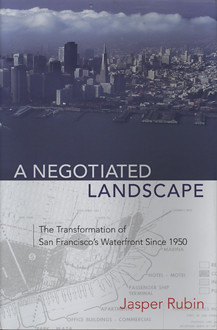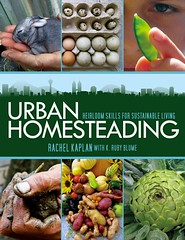Books to give urban planner types on your holiday list
These days it's hard for me to finish a book, but there are a number of books published this year that I've started and read part way and I think they are excellent in terms of how they approach and analyze the subject at hand.

3. A Negotiated Landscape: The Transformation of San Francisco's Waterfront Since 1950, by Jasper Rubin, published by the Center for American Places and the University of Chicago Press.
It's extremely well-written (when I say that, it's about the language and the dexterity of sentence construction, and my envy and desire that I could write as well), thorough and thoughtful consideration of the redevelopment of San Francisco's waterfront.
Because the waterfront is visible from many points throughout the city, San Franciscans possess a sense of ownership of the waterfront that makes for a contentious landscape vis-a-vis private and other governmental interests. It's a well told story, and also instructive for those of us working on planning issues generally, and waterfront revitalization projects specifically.
Again, very well written. Thoughtful and instructive in its analysis, fully relevant to today's quest for urban revitalization, center city revival, and how to develop and sustain neighborhood preservation and revitalization efforts.
Practical advice and guidance about living in a more environmental conscious manner in cities. Covers urban agriculture, waste production, energy, and water consumption, plus "self-care".
Labels: urban design/placemaking







0 Comments:
Post a Comment
<< Home